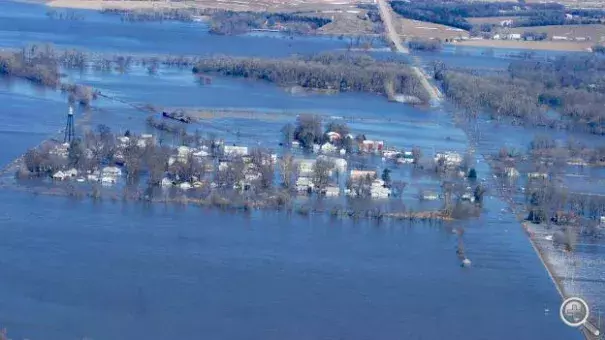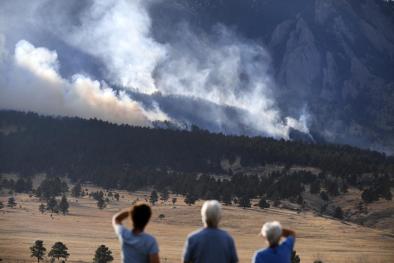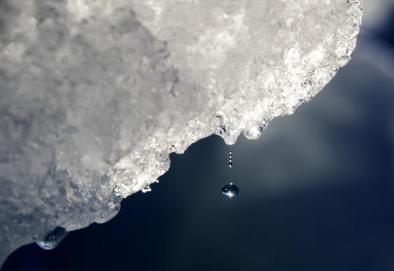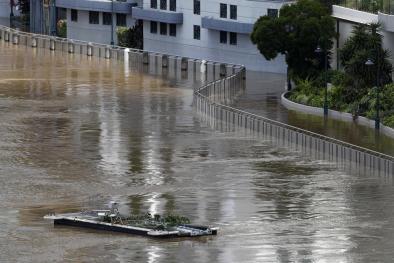For One Small Town, Moving To Protect Itself From Future Flooding Is Illegal

Climate Signals Summary: Climate change is increasing the frequency and intensity of extreme rainfall events, as well as increasing total precipitation in some areas, and this increases the risk of flooding. In the spring of 2019, there was severe flooding in the Mississippi River Valley and the Missouri River basin.
Article Excerpt: Unprecedented flooding last year devastated many towns across the Midwest that are still struggling to come back. As Nebraska’s climate continues to shift, one riverside town wants to protect itself from another spring like 2019.
But the process has been plagued by bureaucratic setbacks and legal woes: uncertainty maintains a dominant presence across Winslow, Nebraska’s community.
...
“It was just completely full of mud and everything was all over the place,” said Christina Kotik, who lives and owns businesses in Winslow. “It was almost like a washing machine went inside my house and just moved everything around.”
Kotik had a hunch she wouldn’t be returning home anytime soon. Nebraska floodplain regulations dictate any house that sustains damages worth over 50 percent of its value cannot be rebuilt.
When the floodwaters receded, that rule became a reality for half of Winslow’s homeowners.
...
While some residents will take a FEMA buyout and relocate, many inhabit a strange middle ground: renting or staying with family, and holding out hope for some version of returning home.
But some of Winsow’s residents no longer believe it’s safe to move back into a town so squarely in Nebraska’s floodplain. And Winslow’s flood liability may increase in the future as Nebraska’s climate continues to change. Martha Shulski, who runs Nebraksa’s State Climatology Office, said scientists have been tracking those shifts for decades.
“Climate drives the weather events that we do experience...it's not, ‘Did climate change cause the flood of 2019?’ That's really the wrong question. It's more, ‘How much worse was it made by climate change?’”
Precipitation in eastern Nebraska has increased about ten percent on average over the past few decades. Shulski said that trend will likely continue, and could increase the frequency of pre-flood conditions like the fall of 2018.
“We had been wet during the fall and winter leading up to it,” Shulski recalled. “So we had wet soils, and then things froze deeply.”
After Nebraska’s 2nd coldest winter on record, snow and ice had nowhere to go when a bomb cyclone brought heavy rains and warm temperatures, which together triggered widespread snowmelt within the region’s river systems. Some climate scientists call this kind of erratic temperature pattern “weather whiplash”, and attribute its increasing global frequency to climate change.
Shulski is quick to remind that the floods of 2019 were born of multiple abnormal climate forces colliding. But she’s troubled by how many Nebraskans seem to see the events of 2019 as merely a tragic and unlucky blip in the state’s ecological radar. It may be time to re-evaluate the parameters for 5, 10, and 100-year floods.
Related Content





